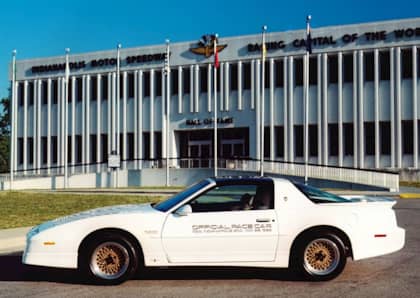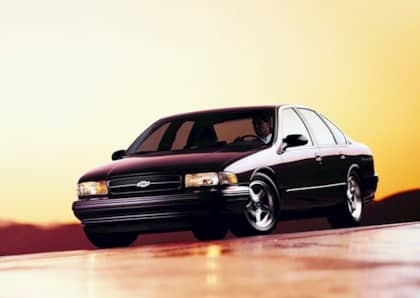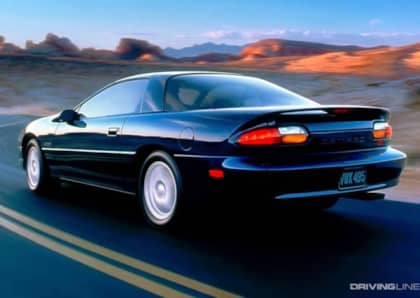The 1997-2003 Pontiac Grand Prix GTP Is An Under The Radar Supercharged Muscle Car
At the end of the 1990s, Pontiac made a major decision about its flagship, the Grand Prix. The mid-size sedan (which was also available as a coupe), had grown somewhat long in the tooth after a decade without any significant updates. In addition, despite its long track record in NASCAR, what had once been presented as a sporty offering by General Motors now paled in comparison to the power on tap from increasingly competitive imports as well as in-house rivals like the Oldsmobile Aurora and its Northstar-derived V8 engine.
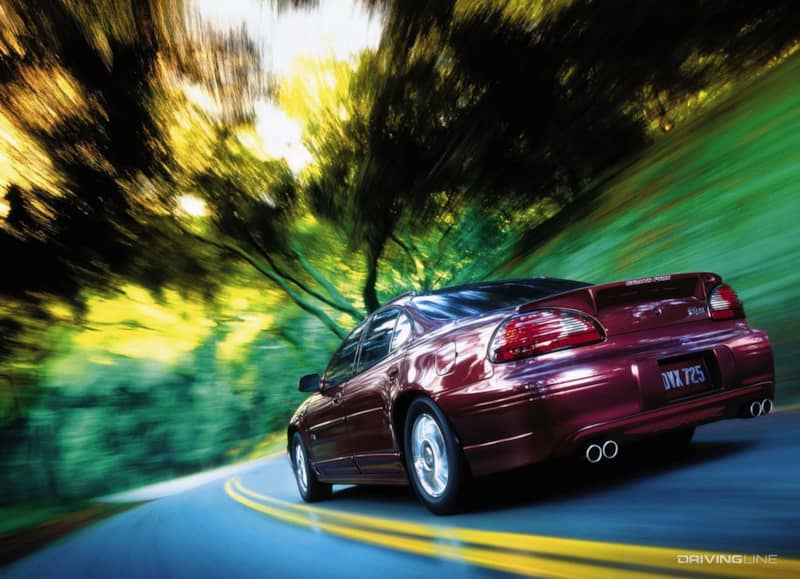
The solution arrived in the form of the sixth-generation Pontiac Grand Prix. Dashing onto the scene for the 1997 model year, the new Grand Prix represented half a decade of development as GM rethought its large car line-up. In the process, Pontiac was given permission to explore the high performance potential that had faded from the brand's once proud portfolio.
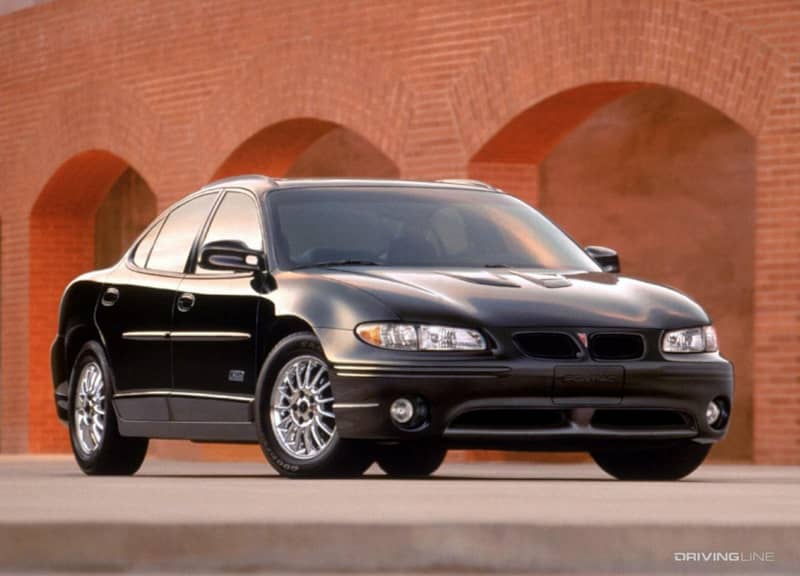
The key to the Pontiac Grand Prix's makeover was the GTP model. Leveraging a supercharged V6 and an aerodynamic design that was completely unlike its Chevrolet and Buick platform-mates, the Grand Prix GTP proved that the GM division that had once invented the GTO still had a little gas left in the tank. It also created one of the decade's least-appreciated sleepers and introduced an entire generation to the charms of the automaker's nearly-unkillable 3.8L V6.
Supercharged For Your Pleasure
The GTP name wasn't an entirely new one for the Grand Prix. Pontiac had used the same badge to denote what was essentially an appearance package that began in 1991, taking over from the short-lived, and low-powered turbo model that had preceded it before eventually fading out as an suspension option (that maintained the trim level's body kit).
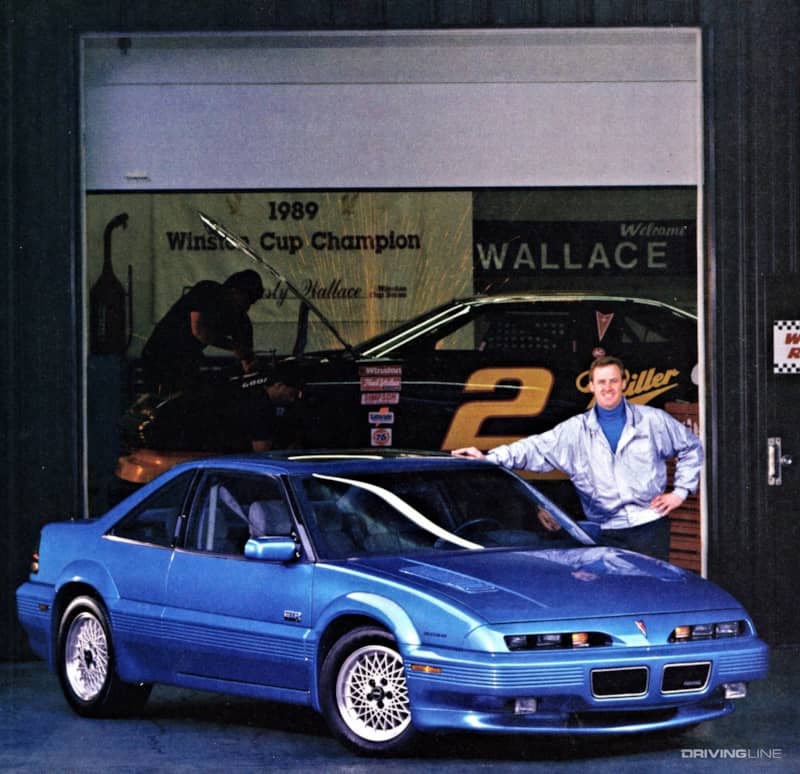
Starting with the 1997 edition, the Pontiac Grand Prix GTP no longer paid mere lip service to the idea of a focused sports coupe/sedan combo. Replacing its milquetoast naturally-aspirated unit, each and every GTP was outfitted with a supercharged 3.8L V6 that was good for 240 hp and 280 lb-ft of torque.
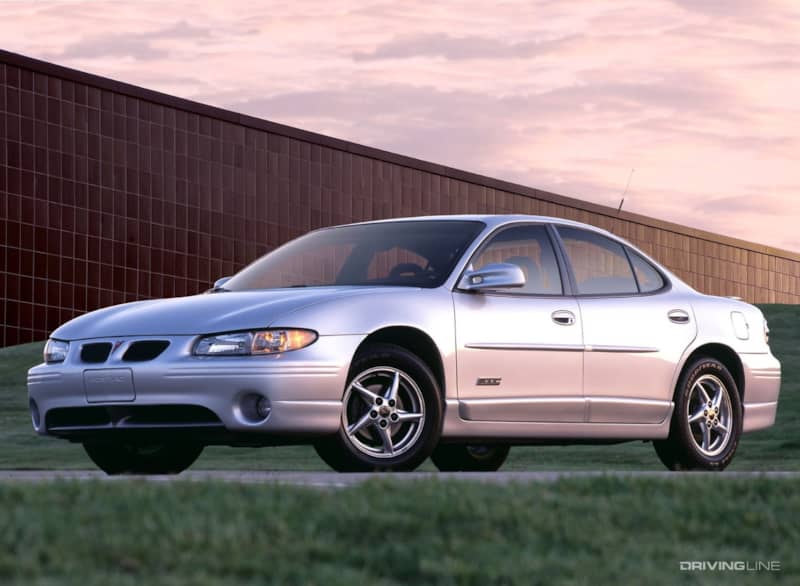
Nearly 300 lb-ft of twist in a front-wheel drive platform was big news in the 1990s, especially in Detroit where Cadillac had rung in the decade with the previously-mentioned Northstar V8 providing a similar level of torque in the Eldorado and the STS. High output from a six-cylinder was a new frontier for GM in general, and the Eaton M90 supercharger (producing 7.5 lbs of boost) proved to be a stout and reliable route to a much quicker version of the Grand Prix, without the extra cylinder weight or packaging size concerns under the hood.
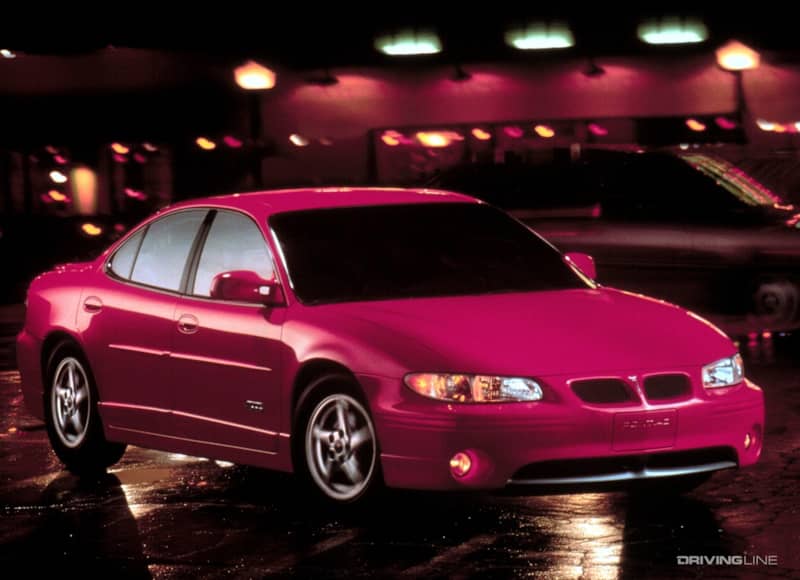
A four-speed automatic transmission was standard with every GTP, and while that did suck a little of the fun out of the equation, for a large car it was still respectably quick, posting second 0-60 mph time in the 7 second range an era where 5 seconds was supercar territory. More robust than the stock four-speed, it was paired with a wider track and longer wheelbase than was found in the previous-generation Grand Prix, providing a hulking, muscular impression reinforced by the vehicle's low roofline.
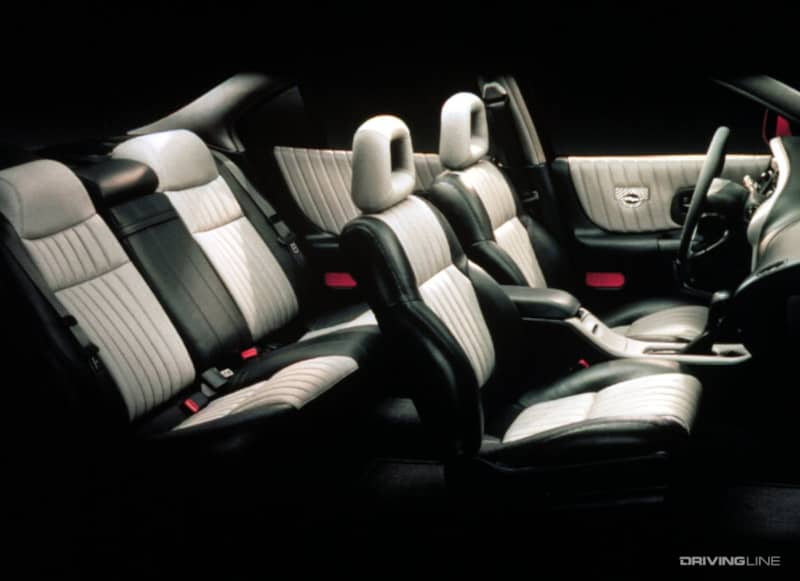
The Pontiac Grand Prix GTP stopped short of being a full-on sport sedan or coupe, as the brand had to balance its front-wheel drive architecture with the desire from buyers for a comfortable daily ride. Still, Pontiac had set its sites on entry-level German luxury cars as a peg for the GTP's experience, and the car included a variable-steering feature and a cockpit-like interior. It even offered one of the first head-up displays in a non-luxury vehicle, providing a projection of basic information like speed, turn signals, and which station the radio is tuned to.
Second Life As A Sleeper
The sixth-generation Pontiac Grand Prix was largely a success, selling well enough to keep the name plate alive well into the 2000s (with the seventh-generation offering both a supercharged V6 and a V8 model). The GTP was something of an outlier, however, a car that looked very much like the standard Grand Prix you could pick up at any rental lot, which kept its performance very much on the down low.
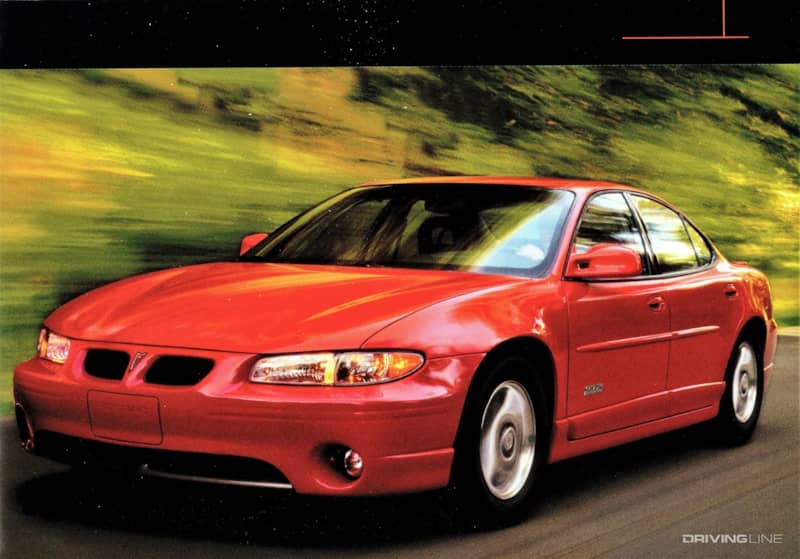
This was a contributing factor to the GTP being one of the great, cheap, sleepers on the used car market. At the end of the 2000s, with so many supercharged Grand Prix examples selling for pennies on the dollar, the GTP's drivetrain became a sought after commodity by grassroots racers seeking cheap speed, or enthusiasts who wanted to stay under the radar with a daily driver that attracted little attention from the local constabulary.

Throw in the fact that the 3.8L V6 was capable of handling much more horsepower than the factory had bestowed upon it—a simple pulley swap on the M90 was good for an additional 25 hp—and the engine's legend only grew. Versions of the GTP making 300 hp quickly became common, and if the motor did blow, well, you could always pick up a replacement at the scrap yard for almost nothing. Simple to work on, and with excellent parts availability from other W-platform cars, the Grand Prix became a budget-friendly enthusiast option for those willing to wield a wrench.
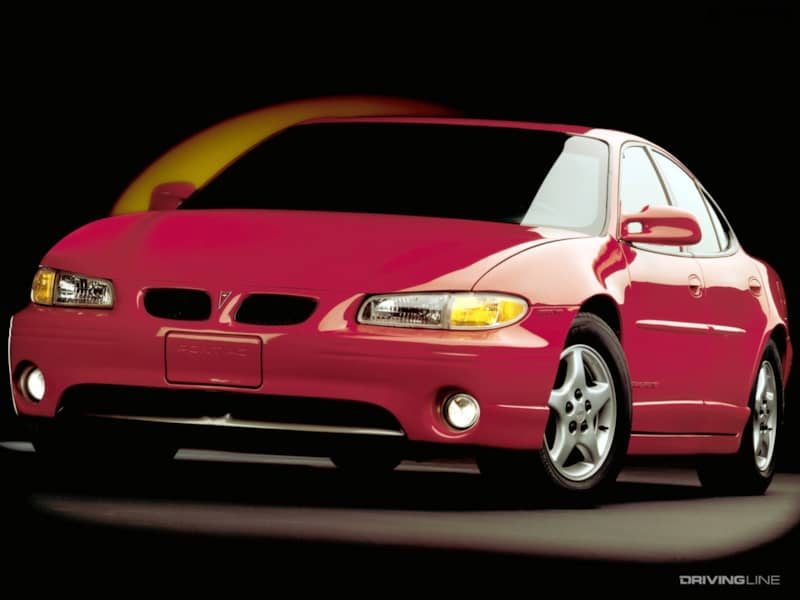
Today, the Pontiac Grand Prix GTP is still waiting for its moment in the sun. Although Rad-era cars of all stripes are gaining in popularity, there's something about GM's bread-and-butter sedans and coupes that have kept them out of the spotlight. With prices for collector cars and fun rides skyrocketing, there's still a chance to pick up Pontiac's supercharged muscle machine at a bargain price.




